Happy that heritage is preserved
* REPORTER: Sir, besides being the place where you were born and raised, what other significance does Saigon - Ho Chi Minh City have that makes you so passionate about writing about this land?
* Researcher TRAN HUU PHUC TIEN: I don't think that you have to be born in Saigon - Ho Chi Minh City to love this land. However, I myself and those who have passed the age of 60 are lucky to have grown up and witnessed three periods of development of the city (before and after the war, opening up and growing up in the 21st century). I love the city because my family and I were nurtured by this land, my life is always attached to the city, from which there is always a special vibration.
As a journalist, historian and book editor, I want to share that feeling with everyone, the only "benefit" for me is to be able to pass on and continue learning. Normally, when we are young, we always look forward, but at the age of over 60 like me, after having lived in the city for a while, having had enough sadness, joy, happiness, and suffering, I have the mentality to look back, review the past and learn from the present!
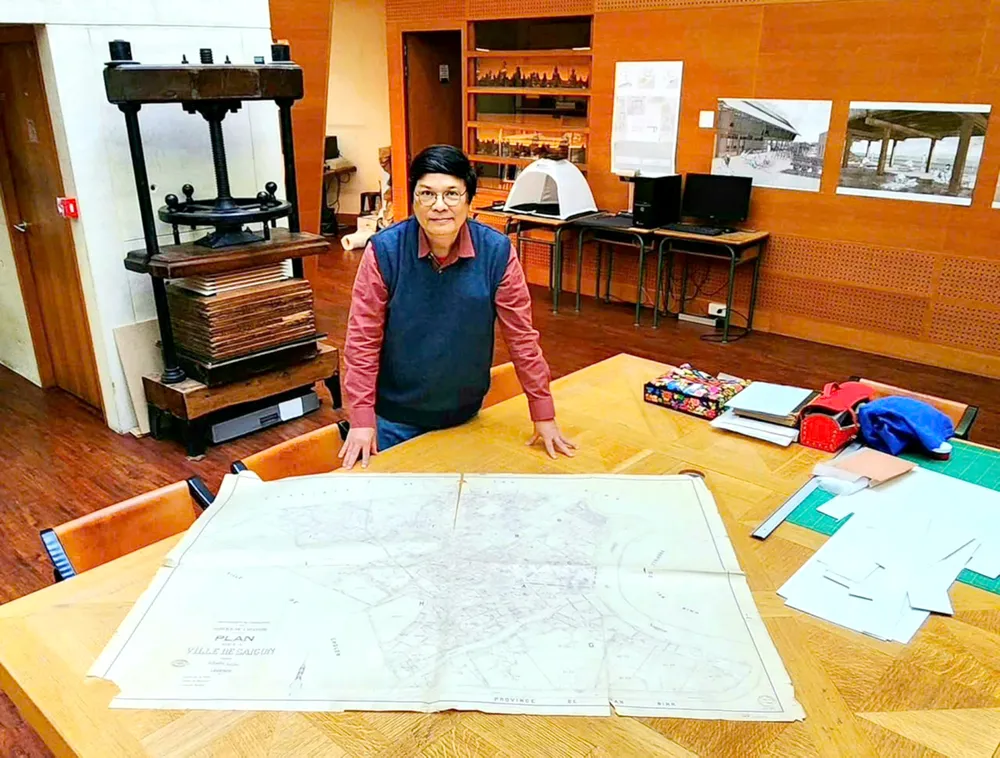
* Saigon - The Capital of Rivers is the 5th book exploring the theme of Saigon - Ho Chi Minh City. Do you feel any pressure with this new work?
* To call it pressure, it means whether your learning and thinking are much, comprehensive and profound, and are there any shortcomings? The book Saigon is not yesterday was released in 2016, almost 10 years ago. The other books are also 2-3 years old. Since then, many new events, new documents, new discoveries have made me re-imagine, think differently, think more, supplement and revise.
In addition, when writing books or articles, I always have to ask myself who I am writing for. In 2016, I wrote primarily for my generation (the 1960s) or previous generations, but with Saigon - The River Capital, I aimed at young readers, generation Z (1997-2012) and later. I included my personal reminiscences in the preface and articles to express my own experiences. Books now must have both general content and many specific story details, accompanied by many unique documentary images.
Increasing the sustainable strength of the "river capital"
* In the region and in the world , many places also inherit the “asset” of rivers. In your opinion, how is Ho Chi Minh City different from those places?
* I have tried the high-speed train from Ho Chi Minh City to Con Dao, it only takes 5 hours, very close. In the book, I suggest linking tourism and economic development in the Vung Tau - Can Gio - Can Giuoc - Con Dao estuary. In my view, the current merger and expansion of Ho Chi Minh City's territory will increase the sustainable strength of the "river capital" in many aspects. And that is the new topic of exploration for me as well as for many of you who love this city!
There is one thing that Vietnamese people have concluded: “First near the river, second near the market”. Any city normally needs water, needs rivers. But rivers here are not only a source of water for daily life but also for transportation and communication. Ho Chi Minh City has the advantage of having rivers, canals, and the sea. Ships from the sea can come in very close and stay safely, without worrying about storms and floods.
In addition, in terms of nature and economy, Ho Chi Minh City is the center of the two regions of the Southwest and Southeast. These are two large "warehouses" that easily connect through the city. In the book, I emphasized the river and sea factor that has contributed to the urban development and helped Ho Chi Minh City quickly reach out to the world. This is the outstanding factor of Ho Chi Minh City compared to other places. Throughout history, with the efforts of many generations of residents and the international community, Ho Chi Minh City has become a major port and city connecting and serving the whole country, while closely connecting with the world.
* In the context of many changes in Ho Chi Minh City after the merger, how has the concept of "river capital" in your work changed?
* The merger of Ho Chi Minh City, Binh Duong and Ba Ria - Vung Tau has demonstrated a great and appropriate vision. Binh Duong is an important upstream part of the Saigon River. The Saigon River is 250km long, but the area flowing through Ho Chi Minh City (formerly) is only 80km. Now most of the river is located within Ho Chi Minh City, very convenient for the development of intra-regional riverine economy and regional connectivity (Tay Ninh, Dong Nai, Long An ).
In particular, Ho Chi Minh City currently has the "pearl island" Con Dao. Thus, with more than 300km of coastline and a large sea and continental shelf, the city has enough opportunities and resources to form a new spearhead of the marine economy. According to the United Nations, the marine economy has up to 23 sectors, not just seafood, oil and gas or resorts. I think that the current task of the marine economy should not be placed on Can Gio's shoulders, which is simply tourism and resorts. The city needs to quickly invest in the marine economy from the perspective of science and training, which is inherently the strength of Ho Chi Minh City.
“I research, write or convey through various media such as books, newspapers, movies or podcasts… to help readers, especially young people, know more, understand more, and thereby enjoy the good, the beautiful things of Ho Chi Minh City. Recently, the information about the city's plan to convert some "golden land" in the central areas into parks has received a lot of attention. That is also great news that I personally agree with and contribute through writings,” researcher Tran Huu Phuc Tien shared.
Source: https://www.sggp.org.vn/nha-nghien-cuu-tran-huu-phuc-tien-giu-hon-song-nuoc-giua-long-do-thi-tphcm-post819970.html










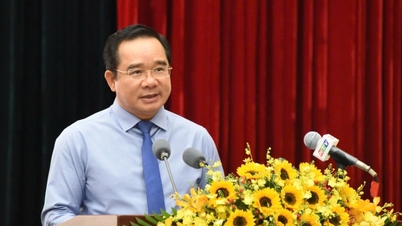





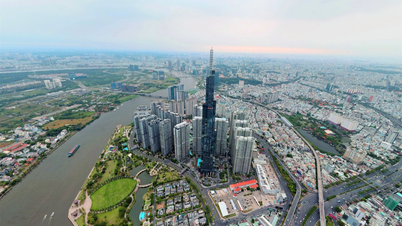

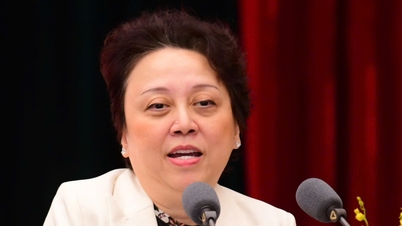
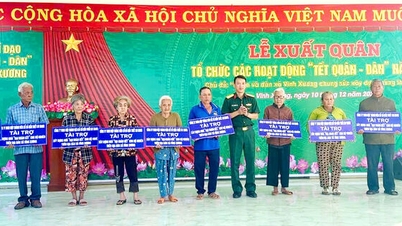

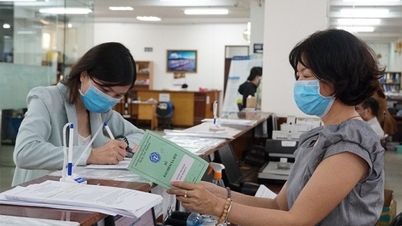

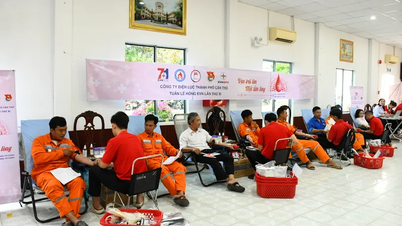

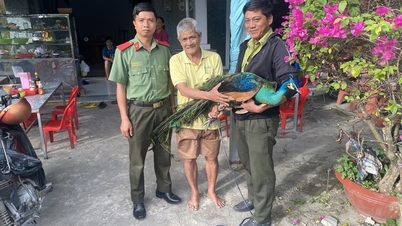







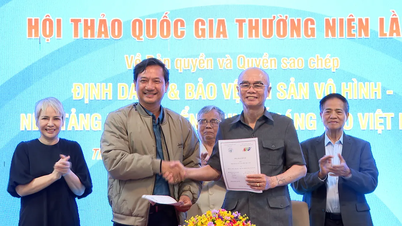

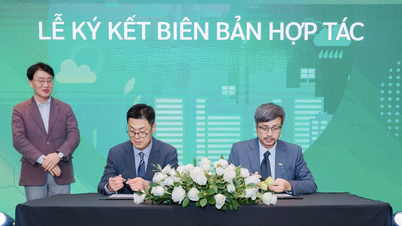
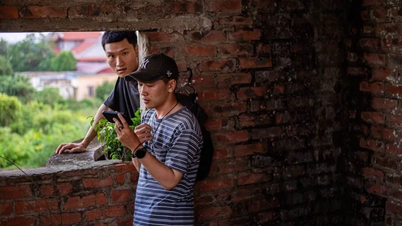
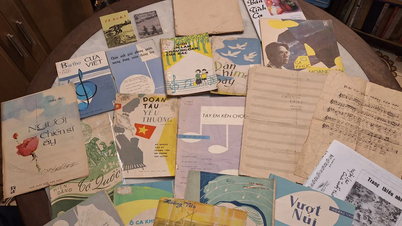
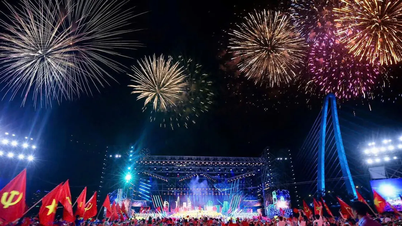

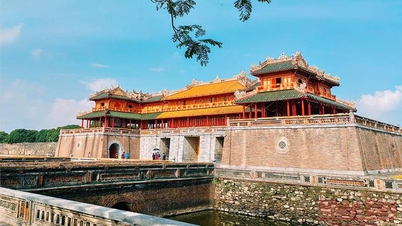


![[Video] The craft of making Dong Ho folk paintings has been inscribed by UNESCO on the List of Crafts in Need of Urgent Safeguarding.](https://vphoto.vietnam.vn/thumb/402x226/vietnam/resource/IMAGE/2025/12/10/1765350246533_tranh-dong-ho-734-jpg.webp)

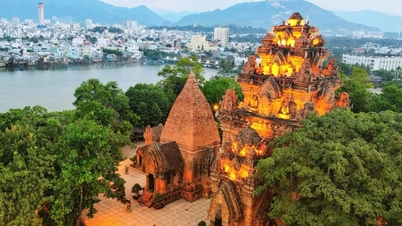



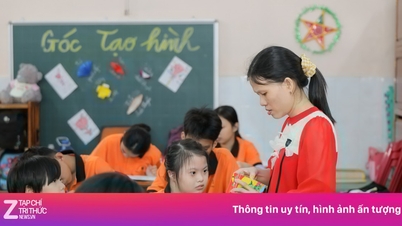

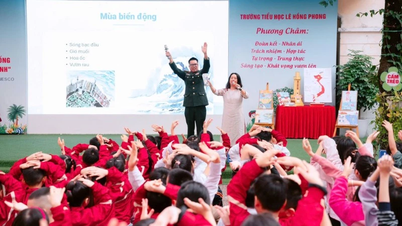



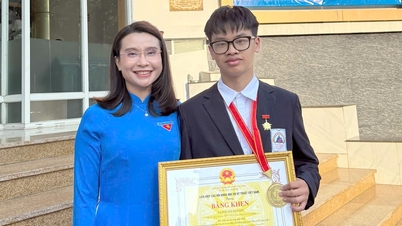

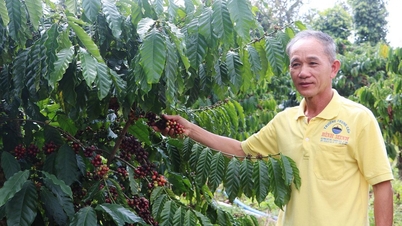

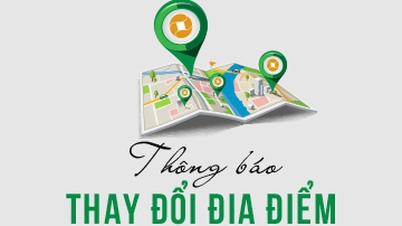
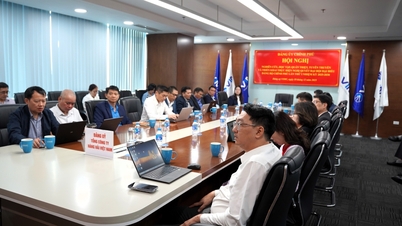


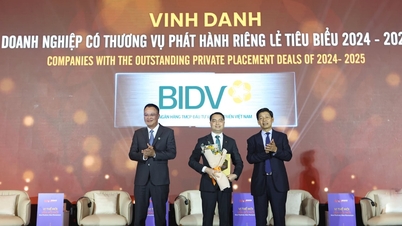
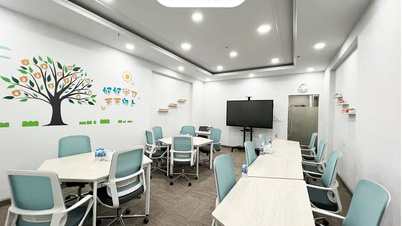








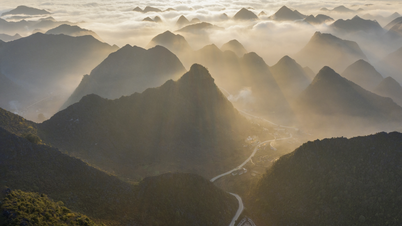
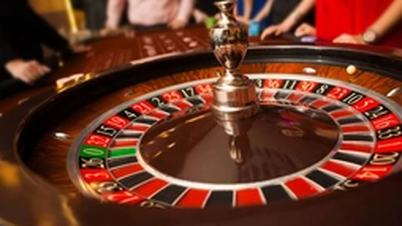



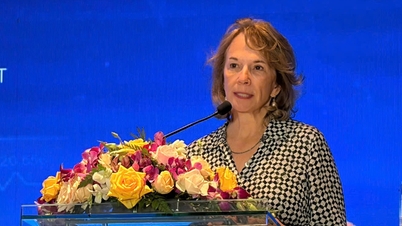
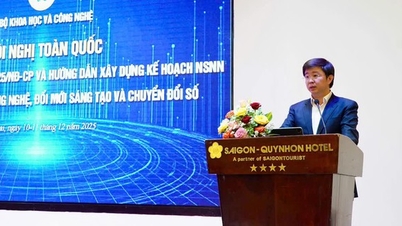

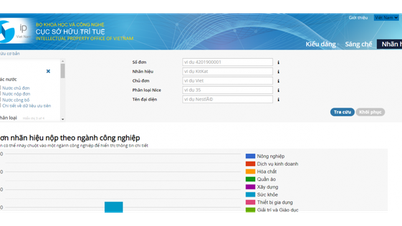
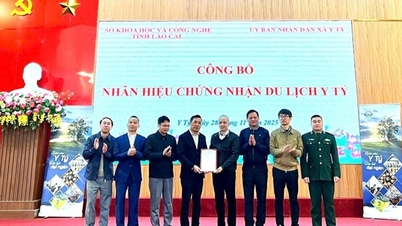
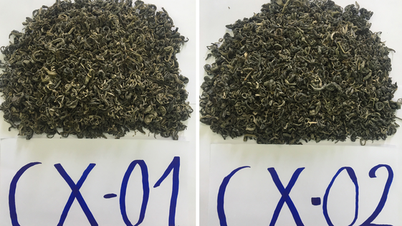

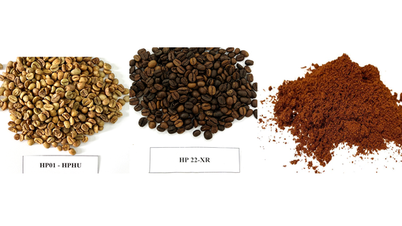
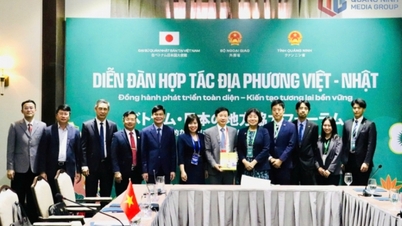
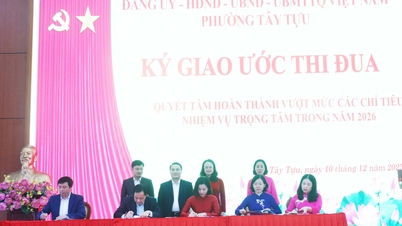
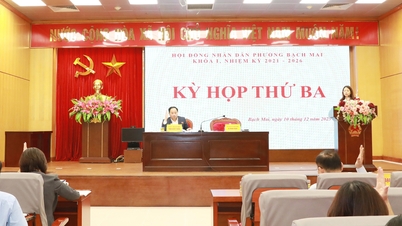
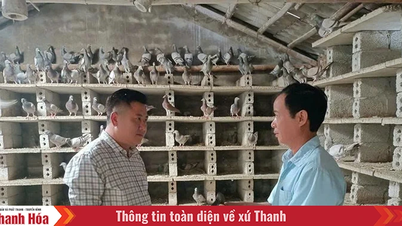

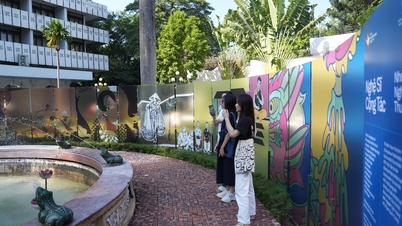

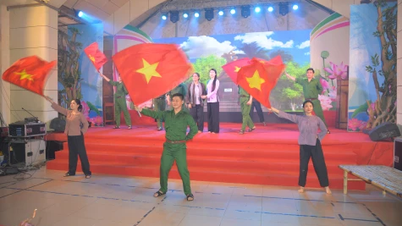










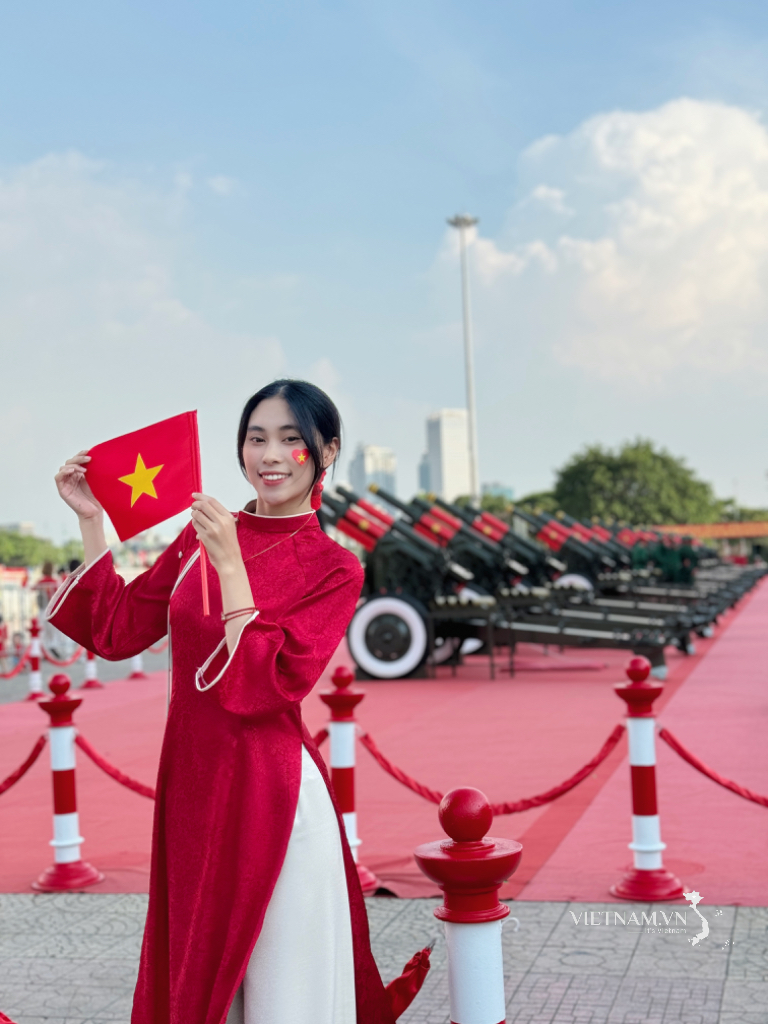

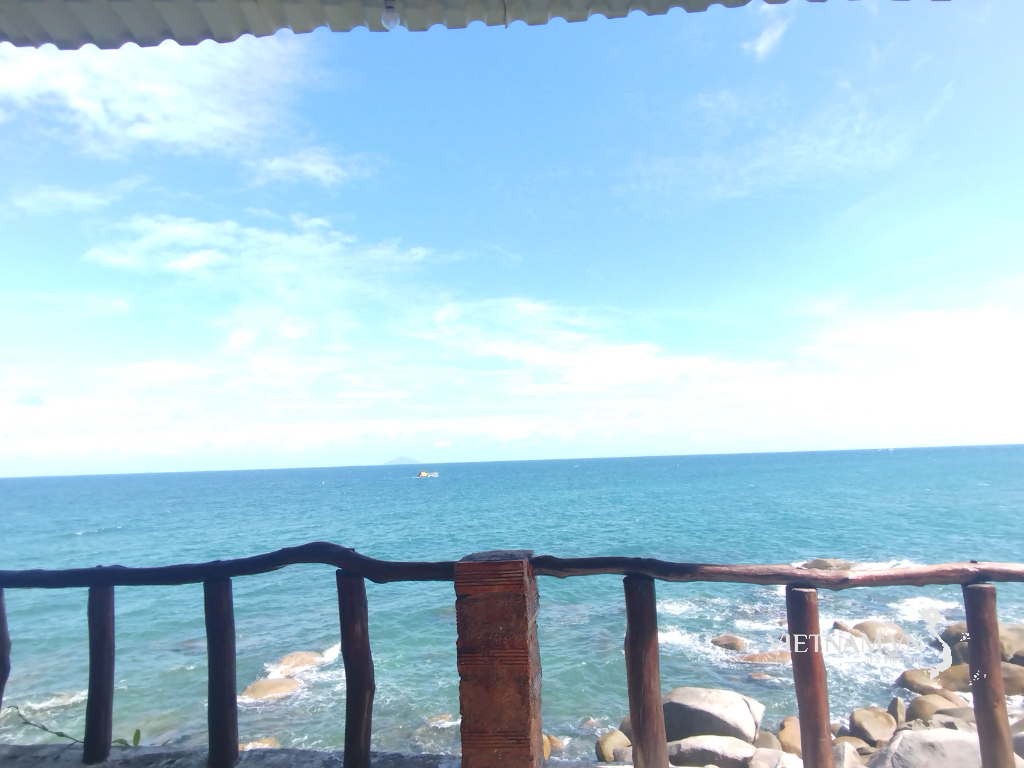





Comment (0)